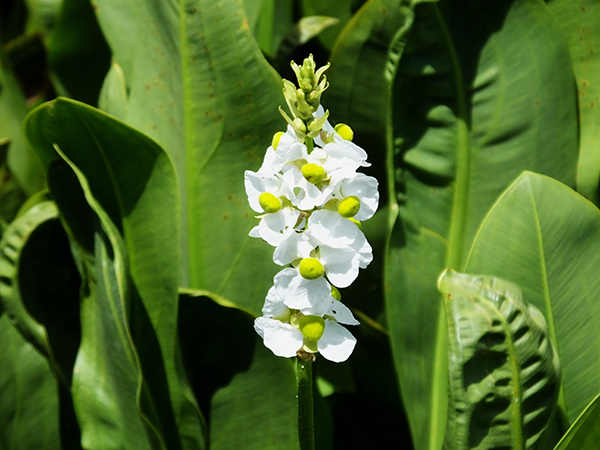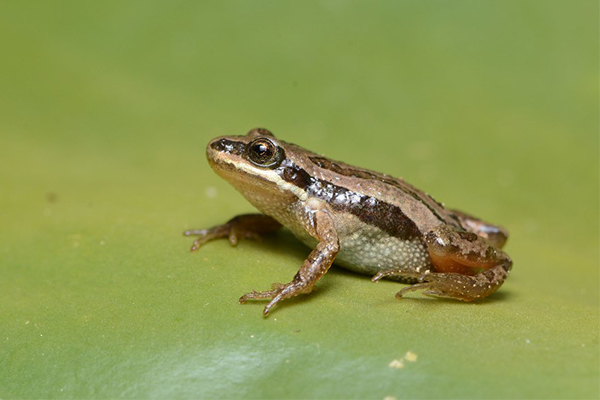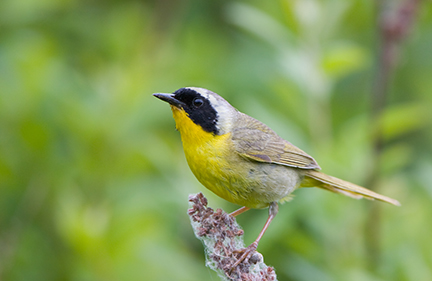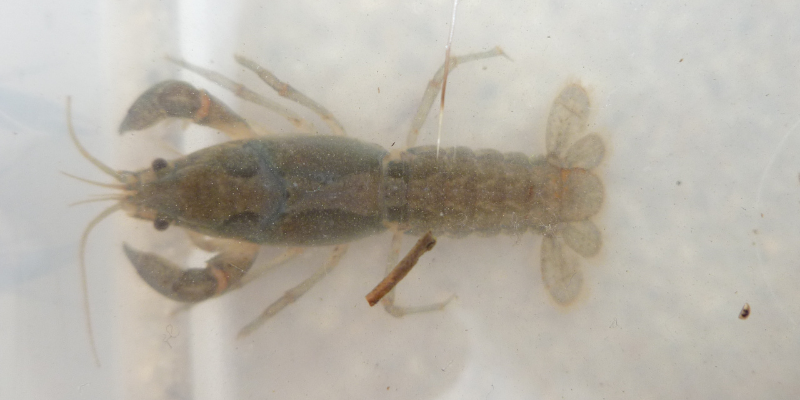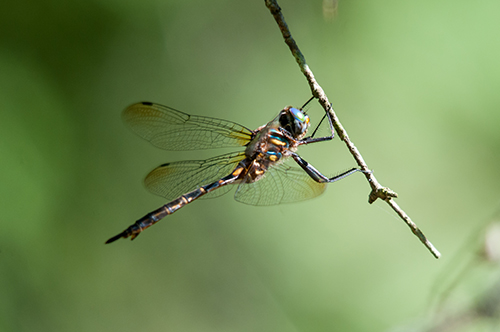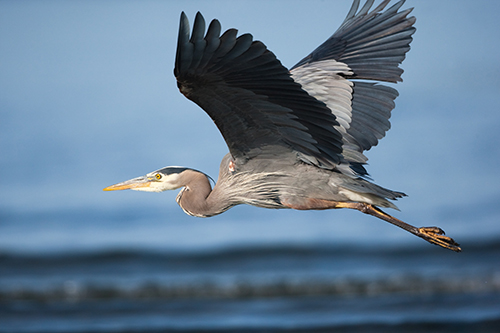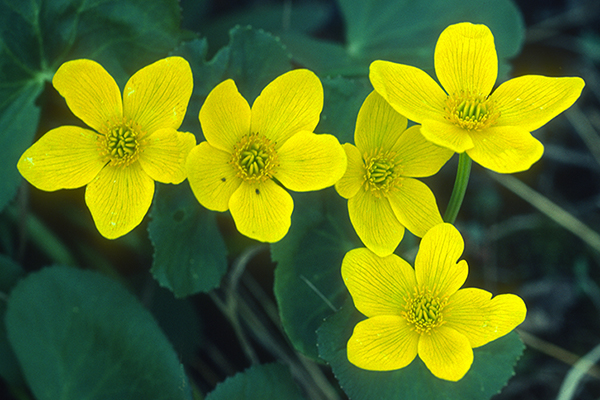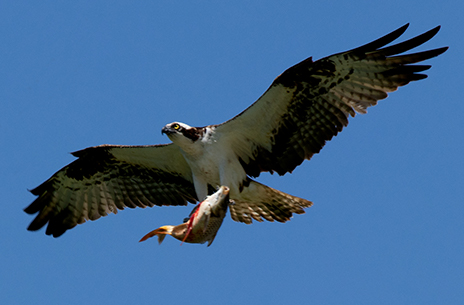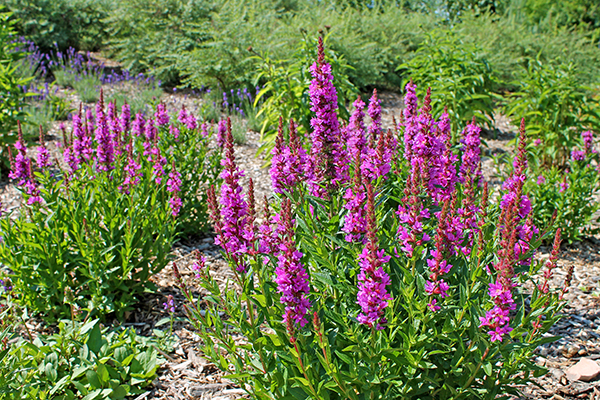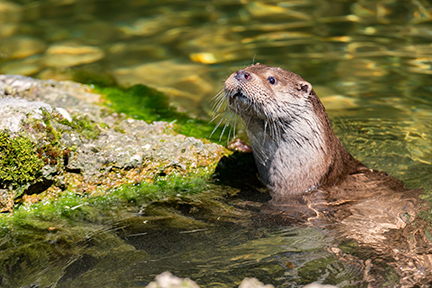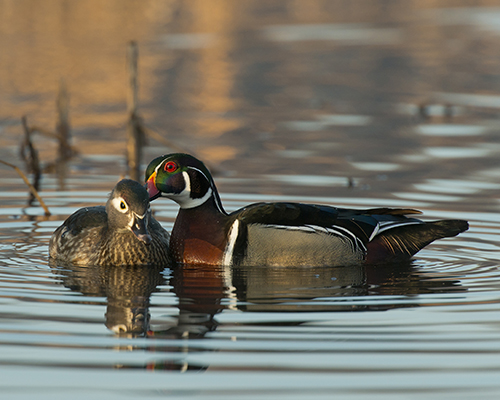The leaves of this plant give its name away.
Early explorers called Wisconsin "the Great Swamp," since the territory was covered with ten million acres of wetlands - lands where water stands for at least part of the year. Wetland ecosystems are extremely valuable to wildlife, supporting a greater number of animals than any other type of habitat. Wetlands also absorb flood waters; filter chemicals, sediments, and other impurities out of drinking water; recharge groundwater; and provide a variety of recreational opportunities. Fifty percent of Wisconsin's original wetlands have disappeared. Not only must we maintain our existing wetlands, we must continue efforts to restore those that have been lost.
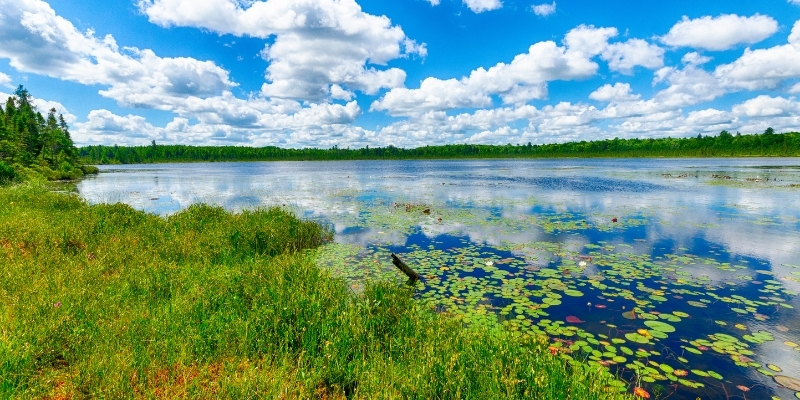
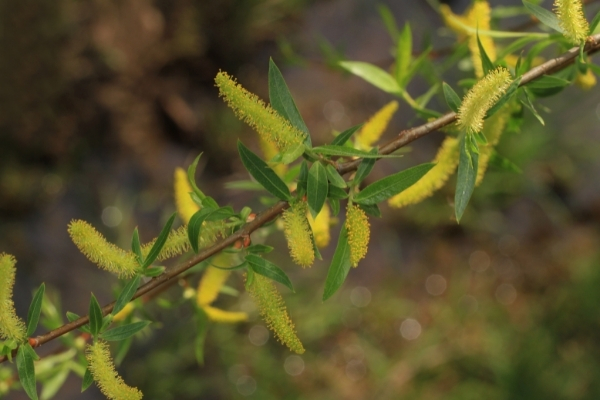
Black willows are part of a large family of trees and shrubs that usually grow along streams and in other moist places.
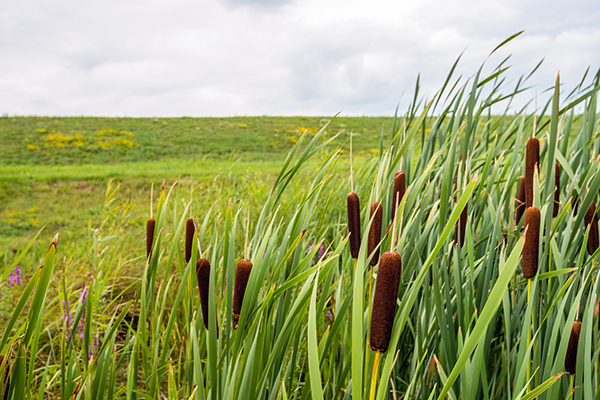
This wetland plant is very common to Wisconsin's marshes, ponds, ditches, rivers and lakes.
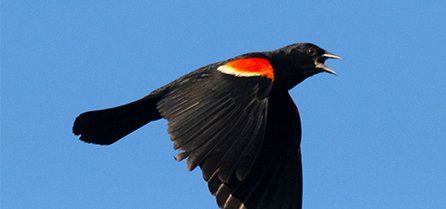
Find any wet or moist habitat in Wisconsin and there you'll find the common red-winged blackbird.

